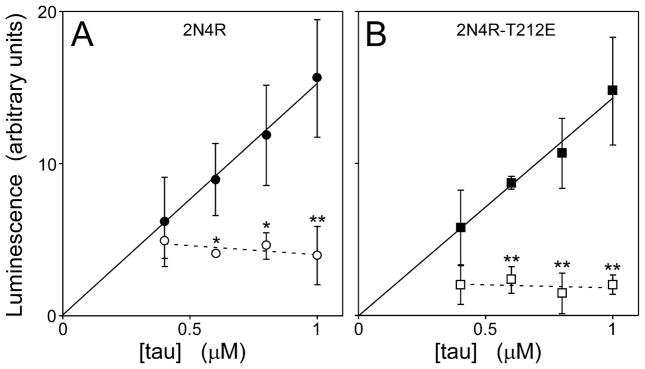Fig. 3. Pseudophosphorylation lowers tau solubility.
(A) wild-type 2N4R and (B) 2N4R-T212E were incubated at varying bulk concentrations in the presence (○,□) or absence (●,■) of Thiazine red inducer until reaction plateau (24 h at 37°C), then subjected to centrifugation (200,000g for 1 h). The amount of tau remaining in the soluble fraction was then quantified on immuno-dot blots using monoclonal antibody Tau5 and enhanced chemiluminescence detection. Each data point represents tau immunoreactivity as a function of bulk protein concentration (triplicate determination), whereas the lines represent best fit of the data points to linear regression (solid line regressions were constrained to pass through the origin). In the absence of Thiazine red, soluble 2N4R or 2N4R-T212E increased linearly with bulk tau concentration (solid lines). In contrast, the presence of Thiazine red greatly reduced solubility of both 2N4R-T212E and wild-type 2N4R, both of which remained constant over the 0.4 – 1 μM bulk tau concentration range (dashed lines). Averaged over this range, levels of soluble 2N4R were 2.1 ± 0.2 fold higher than soluble 2N4R-T212E. *, p < 0.05; **, p < 0.01, presence compared to absence of Thiazine red inducer.

